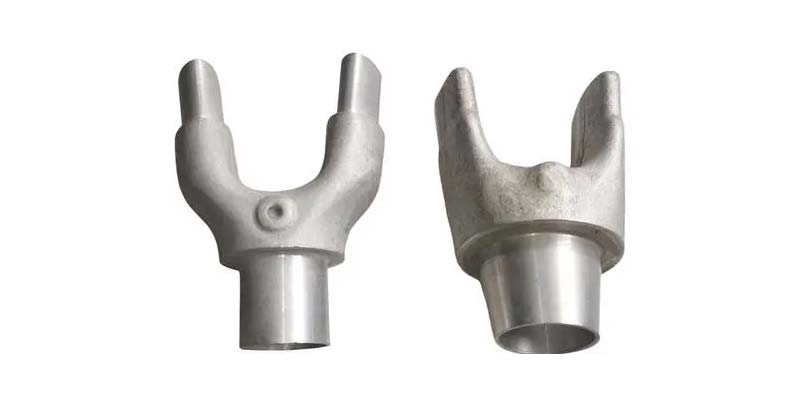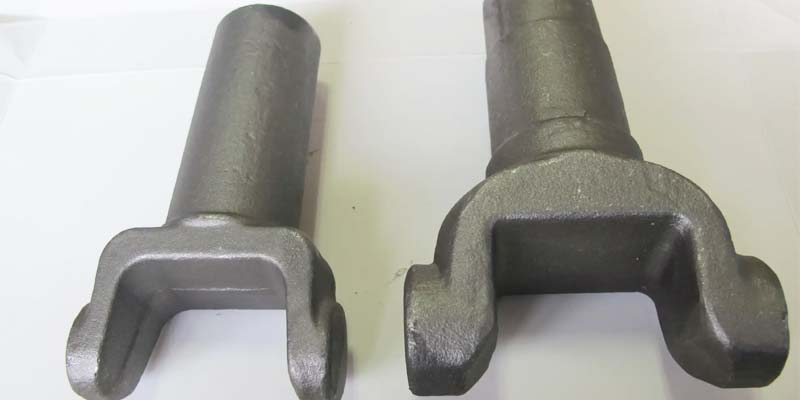- Contact Innally, Let you purchase forgings in China more favorable prices, products more assured!
- Hotline:+(86)15038323776 Email:innally@innally.com
How to improve the quality and accuracy of metal mechanical forgings?
- Category: Steel forgings, Thermal forging
- |
- Date: 08/09/2023
improving the quality and accuracy of metal mechanical forgings is a process that needs to be continuously optimized, and practical measures need to be taken from multiple aspects.
Product Details
Improving the quality and accuracy of hardware mechanical forgings is a key goal in the forging process, and the following are some measures that can be taken:
Improve the cutting level: In precision machining, the chip accumulation and scale of the workpiece surface should be minimized, and the roughness of the workpiece surface should be reduced to improve the quality of the workpiece surface. By appropriately increasing the radius of the tip of the tool and appropriately reducing the feed amount of the tool, the height of the residual area of the tool on the workpiece can be reduced as much as possible.
Improve the cutting speed: the cutting speed has an impact on the roughness of the workpiece surface, the higher the cutting speed, the smaller the degree of plastic deformation, can reduce the roughness of the workpiece surface. Therefore, the cutting speed is increased as much as possible within the allowable range.

Improve the accuracy of the machine tool: the precision machining of the workpiece is mainly completed by the machine tool, and the error of the machine tool itself will directly affect the accuracy of the workpiece. Therefore, it is necessary to ensure the high accuracy of the machine tool itself, and use high-precision tools and fixtures to reduce the deformation error caused by tool wear and internal stress.
Control the original error of the digital control machine tool: It can be taken to improve the geometric accuracy of the machine tool used in the workpiece, control the thermal deformation and stress deformation of the process system, reduce the wear and tear of the tool and other methods to control the original error of the digital control machine tool. Transfer error: The processing error is transferred to a surface that does not affect other processing accuracy, such as the processing error on the production equipment, which can be transferred to the non-sensitive direction of the processing error, thereby improving the processing accuracy.
Original error compensation method: This method is mainly for most of the original error is difficult to eliminate, can be compensated here, so as to reduce the processing error, improve the processing accuracy of the equipment.
In short, improving the quality and accuracy of metal mechanical forgings is a process that needs to be continuously optimized, and practical measures need to be taken from multiple aspects.
nannan
INNALLY website editing, to provide you with forging related information
Related Products
Search
Forging center
- Steel forgings
- Aluminium alloy forging
- Titanium alloy forging
- Stainless steel forging
- Copper forging
- Automotive forgings
- Locomotive forging
- Bicycle forgings
- Motorcycle forging
- Rigging and fasteners
- Bearing forging
- Electric power fittings
- Marine forging
- Mechanical forgings for metalworking
- Mining machinery forgings
- Marine engineering forgings
- Construction machinery forgings
Popular product

© 2025. All Rights Reserved.







